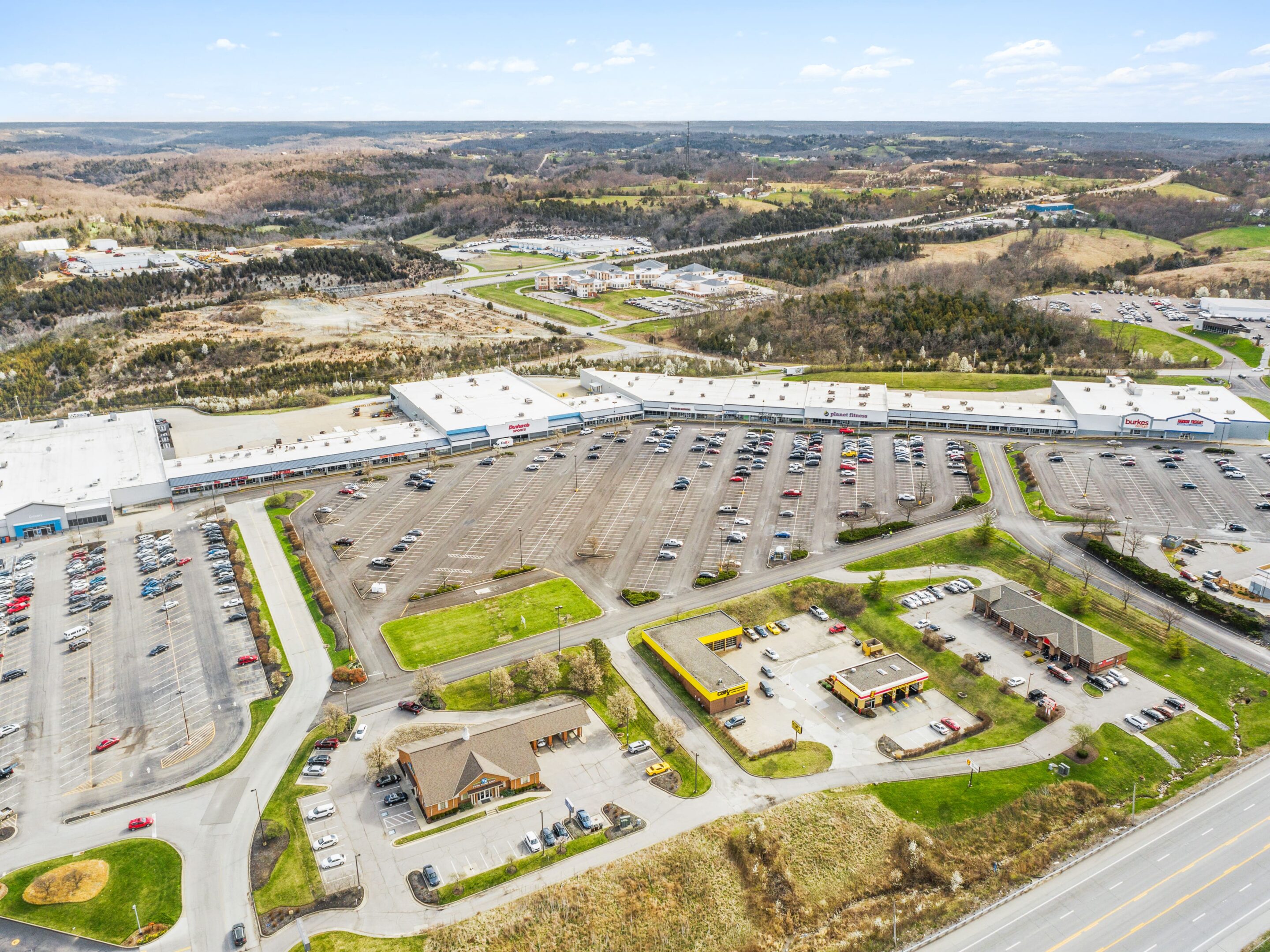
Unveiling Small Town Economic Resilience: 5 Data Points to Inspire Confidence

1. Steady Business Growth:
Small towns are defying the odds with consistent business expansion. According to a study by the Small Business Administration (SBA), small businesses have generated 12.9 million net new jobs over the past 25 years, accounting for two out of every three jobs added to the economy – showcasing their adaptability and commitment to serving their communities. Likewise, large businesses have added nearly 7 million jobs in the same timeframe, bolstering the essential services, amenities, and conveniences needed to support economic development long-term.
2. Strong Employment Rates:
Small towns are fostering robust employment rates, contributing to local livelihoods. The U.S. Bureau of Labor Statistics reports that small towns with populations under 20,000 have an average unemployment rate of just 4.2%, reflecting the enduring demand for goods and services in these close-knit communities. This consistency in household income opens doors of opportunity for growth in retail businesses and entertainment, creating even more job opportunities in the community.
3. Innovation in Retail:
Small town businesses are embracing innovation to remain competitive. A survey conducted by the National Small Business Association (NSBA) reveals that 63% of small town retailers have integrated e-commerce platforms, enhancing customer experiences and attracting wider audiences. Likewise, many small towns are capitalizing on the strengths of their population, relative affordability, and unique location advantages to attract large retailers.
4. Thriving Local Agriculture:
Agriculture remains a cornerstone of small town economies. The United States Department of Agriculture (USDA) highlights that small towns play a pivotal role in maintaining the country’s food security, contributing to local economic diversity. At the same time, USDA data shows many rural households lack nearby access to affordable grocers – the growing presence of larger retailers helps to bridge that gap, making nutritious food more accessible and boosting economic resilience.
5. Community Support Networks:
Small towns can embrace place-based economic development strategies tailored to their unique assets. Local leaders have implemented these strategies for decades, focusing on valuing and building upon the distinctive characteristics of their communities. These efforts have led to significant success in nurturing recreation, amenity-based, and service economies that contribute to the vitality of rural areas. The Economic Development Journal provides the example of the impact these types of strategies create for rural communities. “In North Carolina, place-based economic strategies have provided over $2.1 billion in revenues, over $1 billion in investments (much of it in rural areas), and provide over 20,000 jobs that cannot be exported to other places.” The fact that these jobs remain local means that they create employment opportunities and economic growth for the long-term.
As we navigate dynamic economic landscapes, MRP Properties recognizes the significance of small towns in shaping the economic narrative. By highlighting these 5 data points from reputable sources, we celebrate the enduring strength and adaptability of small town economies, offering inspiration for the future.


